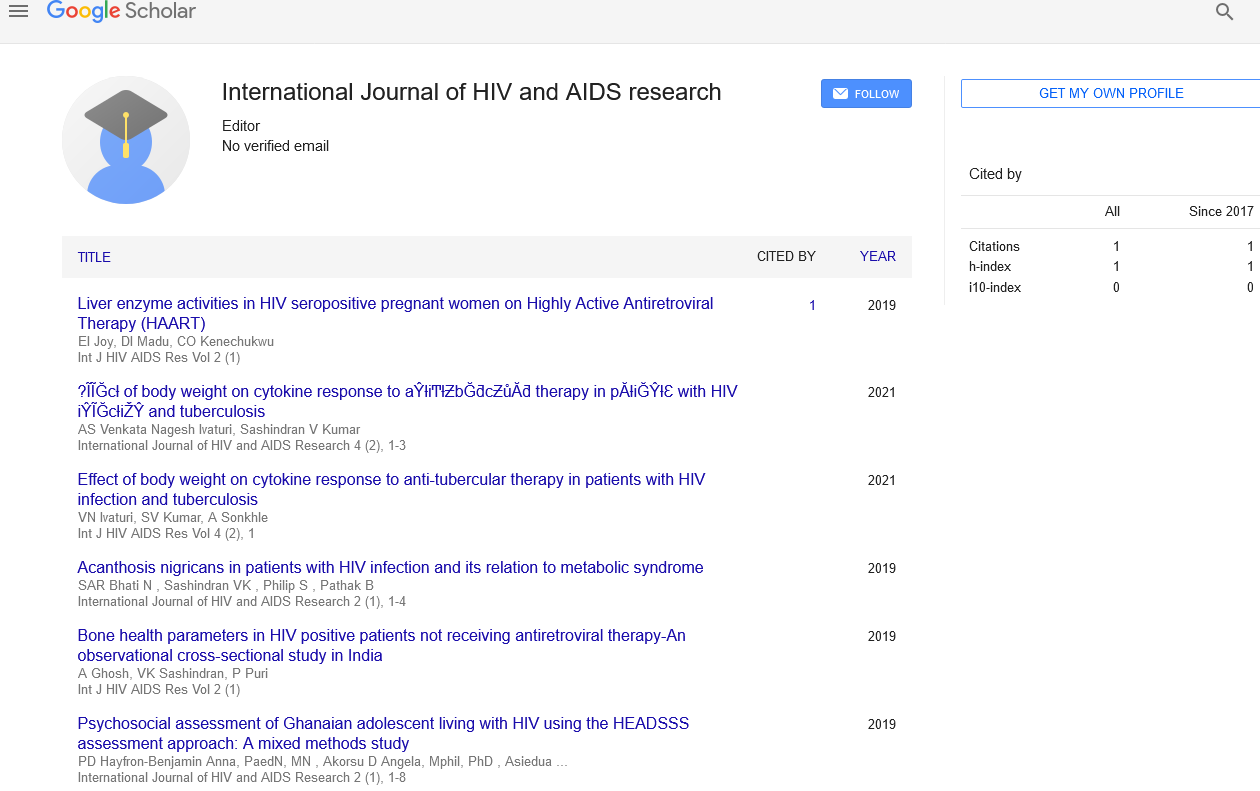
Sign up for email alert when new content gets added: Sign up
Abstract
Bezoar: The dark side of fiber and altered lifestyle
Author(s): Gaurav WadhawanGood health focuses on the pneumonic BEST; B-Breathing, E-Eating, Exercise, S-Sleep, Stress, T-Thoughts. The health shifts from good to disease if any one of these gets disturbed. Out of this we are focusing on diet and its effect and side effects on health, with major focus on fiber and its role in health pertaining mainly to a disease called Bezoar. The other thing which we are going to discuss is the role of faulty eating habits and the psychological reasons attached with eating which leads us to Bezoars. Bezoars are aggregates of inedible or undigested material found in the gastrointestinal tract. For many decades, bezoars have been found in the digestive tracts of both humans and animals. The term “Bezoar” is thought to be derived from the Arabic word “badzehr” or the Persian word ‘panzehr”, both of which mean counter poison or antidote. Currently, the term Bezoar is not used to refer to an unsuccessful antidote but rather to a potentially serious medical problem that requires timely diagnosis and appropriate treatment. Bezoars are typically classified or grouped on the basis of their composition: Phytobezoars (which are composed of indigestible food particles that are found in vegetables or fruit fibers), trichobezoars (which are composed of conglomeration of hair and food particles), lactobezoar (which are composed of milk protein), pharmacobezoars (which are concretions of various medications), lithobezoars (which are composed of sand and rarely stones), plasticobezoars (composed of plastics). Phytobezoars are the most common type of bezoars, accounting for 40% of all reported bezoars. Grazing all day on high fiber plant foods not only wastes the time and energy omnivores need to live passionate and productive lives, but can lead to indigestion, bloated bellies, stupendous gas and prodigious poops. Worse still, herbivores put on weight like cows. Allow them to be herded and act like good steeples. Eating excess of few fibers may lead to a bezoar called phytobezoar. Once the bezoar is removed a plan should be developed to prevent recurrence by modifying if possible the obstructive causes, correcting the faulty eating habits or dietary routine, correction of nutritional deficiencies, addition of prokinetics, psychological assessment and support is very important, behavioral modification and family or individual counseling.




